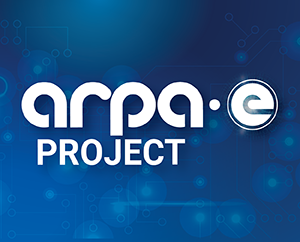Self-Tracking Concentrator Photovoltaics

Technology Description:
Glint Photonics is developing an inexpensive solar concentrating PV (CPV) module that tracks the sun’s position over the course of the day to channel sunlight into PV materials more efficiently. Conventional solar concentrator technology requires complex moving parts to track the sun’s movements. In contrast, Glint’s inexpensive design can be mounted in a stationary configuration and adjusts its properties automatically in response to the solar position. By embedding this automated tracking function within the concentrator, Glint’s design enables CPV modules to use traditional mounting technology and techniques, reducing installation complexity and cost. These self-tracking concentrators can significantly decrease the cost of solar power modules by enabling high efficiency while eliminating the additional costs of precision trackers and specialized mounting hardware. The concentrator itself is designed to be manufactured at extremely low-cost due to low material usage and compatibility with high-speed fabrication techniques. Glint’s complete module costs are estimated to be $0.35/watt-peak.
Potential Impact:
If successful, Glint’s low-cost solar power module will bring CPV technology to building rooftops.
Security:
Cost-effective solar energy would increase U.S. renewable energy use and help reduce our dependence on fossil fuels.
Environment:
Replacing energy systems powered by fossil fuels would provide an immediate decrease in greenhouse gas emissions, of which electricity generation accounts for over 40%.
Economy:
Cost-effective renewable energy alternatives would reduce electricity rates for consumers. Integrating these renewable technologies directly into buildings will reduce stress on the electric grid.
Contact
ARPA-E Program Director:
Dr. Michael Haney
Project Contact:
Dr. Peter Kozodoy
Press and General Inquiries Email:
ARPA-E-Comms@hq.doe.gov
Project Contact Email:
peter@glintphotonics.com
Partners
University of California, Berkeley
Related Projects
Release Date:
03/02/2012
